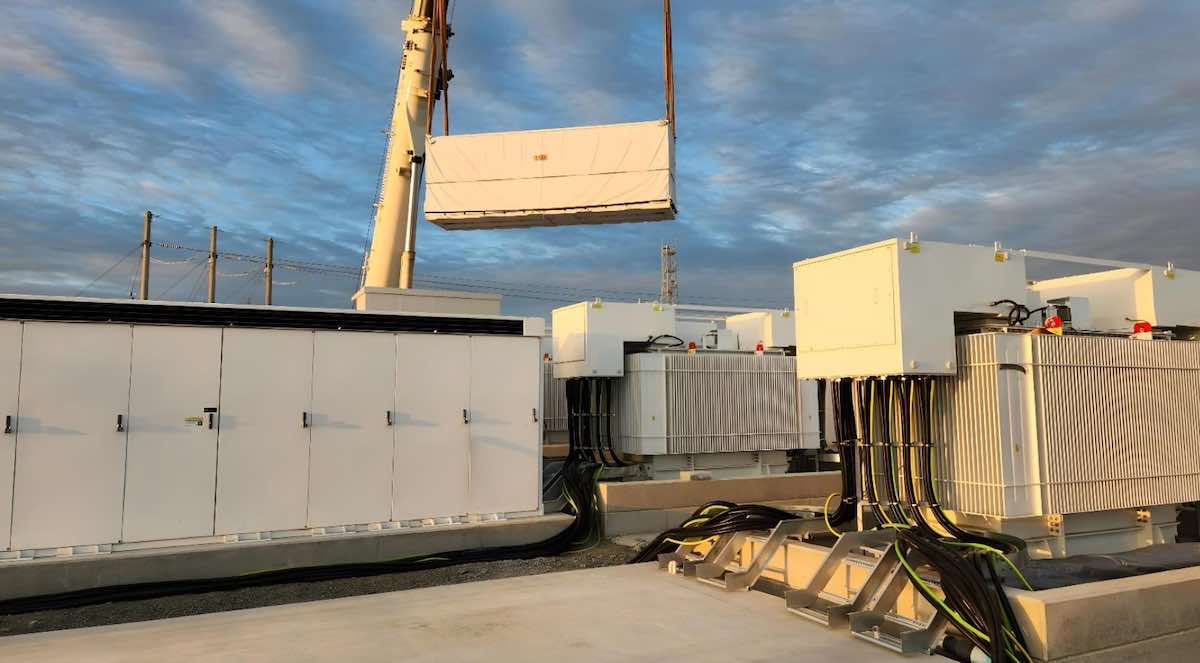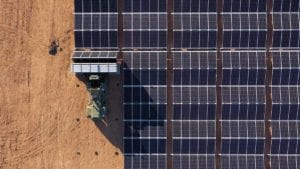One of the big questions in energy markets right now is whether enough new wind, solar and storage can be built to replace the ageing coal generators that are to exit the system over the next decade.
It’s a crucial issue. The biggest crunch point is in NSW, because it is the country’s biggest grid with the biggest coal fleet. But all of its coal generators could be gone by 2034, and earlier if the ageing machinery breaks down. If the state is serious about 1.5°C climate targets, coal needs to be gone by 2029.
That doesn’t give a whole lot of time to build new capacity. Already, there are concerns about the ability to have enough in place to cover for the planned closure of the biggest coal generator, the 2.8GW Eraring facility, in late 2025, let alone the later closures of Vales Point, Bayswater and Mt Piper.
The questions are these: Can enough new projects get planning approval (no new wind farms have been approved in the state since 2021). Can they get contracts and finance? Can they get the turbines, panels, battery cells and contractors? Can they get connected to the grid? Is their enough network capacity?
The results of the first of up to 20 auctions planned by the NSW government for new wind and solar and long duration storage were released this week, just three days after the closure of the state’s oldest coal generator at Liddell.
The results provide a clear answer at least a couple of questions: The first is that there appears, at least for the moment, to be no shortage of wind and solar projects ready to be built. The second is that this will come at little or no cost to consumers.
The “strike” price for the two winning solar projects – New England (720MW) and Stubbo (400MW) came in at less than $35/MWh according to AEMO Services, which is managing the auctions. The price for wind – the 275MW Coppabella wind project – came in at less than $50/MWh.
As we noted in our article on Monday, these are not the same as contracted prices that feature in other widely used mechanisms such as contracts for difference, or power purchase agreements.
They are effectively a floor price, or an insurance product – some call them a “put option” – that helps the projects deliver some revenue certainty over 20 years in order to gain bank finance and equity backers.
The good news for NSW consumers is they will only have to pay if wholesale electricity prices fall below those levels, and if prices do fall below that level the consumers probably shouldn’t complain because it means that electricity bills will be much lower than they are now.
Brad Hopkins, the general manager commercial at AEMO Services, says he is actually surprised the strike price was as high as it was.
“I wanted much lower prices than that .. so I was I was disappointed,” Hopkins says in an interview in the latest episode of RenewEconomy’s weekly Energy Insiders podcast.
“But I think the I think that the market will grow to understand the value of a 20 year put and … just how valuable that is and the and their debt finances
“So my expectation is that once once that is better known, we should be able to deliver better prices than that for New South Wales electricity customers.
“The main reason that works is that the contracts market will do the heavy lifting for making these projects viable. We are a genuinely an insurance product. And, and it’s just a very valuable thing to be offered a minimum electricity price for 20 years.”
But while the provision of plentiful low cost wind and solar does not appear to be a problem – transmission, connection and planning issues not withstanding – there is more concern about the availability of back-up or firming capacity and seasonal storage by the time many more coal generators retire.
AEMO Services is already running one auction to fill a 380MW (two hour) void identified by the retirement of Eraring, and this is expected to be filled by either battery storage, or – for the first time via such an auction – demand response (such as a large industrial user).
The state has also committed to building the Waratah “super” battery, an 850MW/1680MWh facility that will act as a giant “shock absorber” to allow more generation to be funnelled into the main population and demand centres.
The big question is over long term storage. Monday’s auction results produced a rabbit out of the hat when, for the first time in Australia and quite possibly the world, an eight hour battery proposed by German energy giant RWE was named as the sole winner of the long durations storage facility.
The battery will be built next to RWE’s Limondale solar farm near Balranald in the south of the state, but it will be sized at just 50MW and 400MWh. Some market players, particularly those associated with pumped hydro, wanted to know what happened to the rest of the 600MW long duration storage capacity on offer.
Hopkins told Energy Insiders that it was always the intention of AEMO Services – and made clear in the documentation – that the 600MW would be spread over the first four auctions this year and next. A second auction, including another 1GW or so of new generation, will be commenced later this month.
Hopkins also says the complexity of pumped hydro – the size and scale of the projects – means that most were not yet ready to make bids.
“The judgement that we make when those projects come forward is, are they ready?” Hopkins says.
“Are they ready for consumers to take risk on the delivery of that project? Are they ready for consumers to take risk on the financial support that we’re going to provide to that project. And in this tender the judgement was, no they’re not yet ready.”
Hopkins did say however that AEMO Services is prepared to make changes to the nature of the contracts that are on offer – known as Long Term Energy Service Agreements, or LTESAs – to address some of the risk issues inherent in the structure of pumped hydro projects.
“We’ve got lots of ideas for how we could make it better for both investors and consumers that we’re thinking through,” he said.
That could please the pumped hydro brigade, which is concerned that the structure of the instrument does not take into account all the project risks, making it hard to price and underwrite.
They also fear that significant delays to pumped hydro mandates could make it difficult to build them in time. They point to the delays and difficulties with Snowy 2.0 in particularly, and the difficulty in securing civil work contractors, and the complexity of tunnelling where it is needed.
It is not known how many, if any, pumped hydro projects made the final cut and made a financial offer in the last round of the tender. But there are least half a dozen different projects in NSW looking to get built, and some of these are backed by big name companies – AGL, Origin, Atco, Alinta, and others
“It seems prudent to move forward as quick as we can,” says one proponent, who declined to be identified because of the sensitivity of the bid. “It would be a shame if it turned out we’re missing the boat.”
But it could be the boat is sailing away in any case. Five years ago, big batteries were not on many people’s horizon, least of all AEMO. Now, against most predictions, they are being successfully bid into eight hour storage contracts.
As Hopkins notes, it turns out that big batteries are proving more valuable than even their developers thought – “massively outperforming their investment cases”.
That’s because the multitude of services they can perform are slowly finding a market, and because of their speed, versatility, and modularity. Want more storage? Just add more cells. Here’s a concrete pad.
Which means that one part of the long duration market may already be snatched out of the reach of pumped hydro. That still leaves crucial holes as seasonal storage, but even there they will have to compete with growing competition from transmission, EV batteries, and hydrogen electrolysers and storage.
Pumped hydro – and maybe other forms of long duration storage tech such as solar thermal or compressed air – will likely get a leg up through the newly created Energy Security Corporation that the new NSW government intends to establish.
Right now, however, there are few details around how that would operate. Or by when.
It should be fascinating to watch. Let’s just hope we don’t get too many time outs in the meantime.








